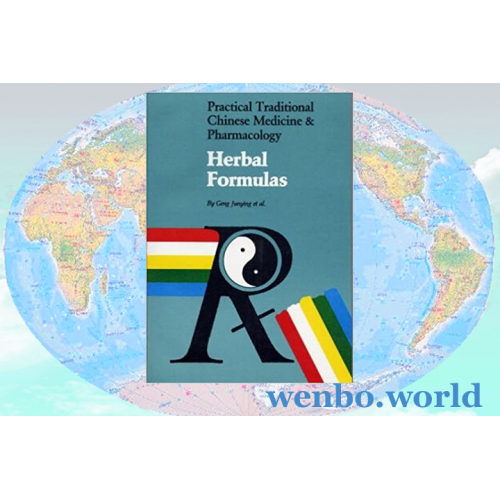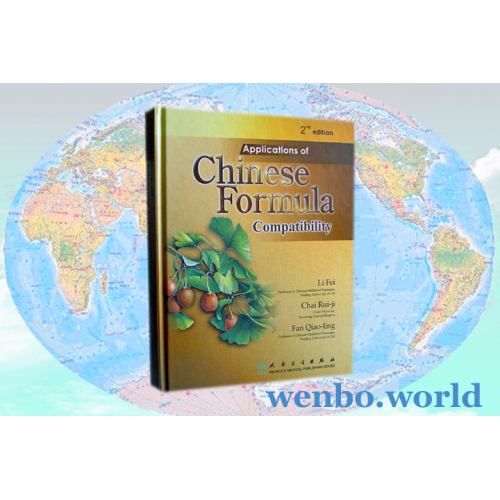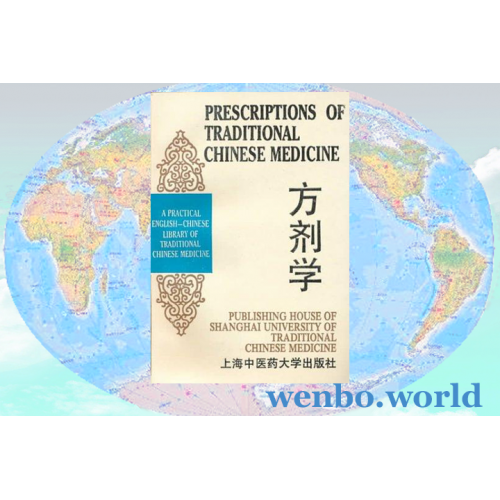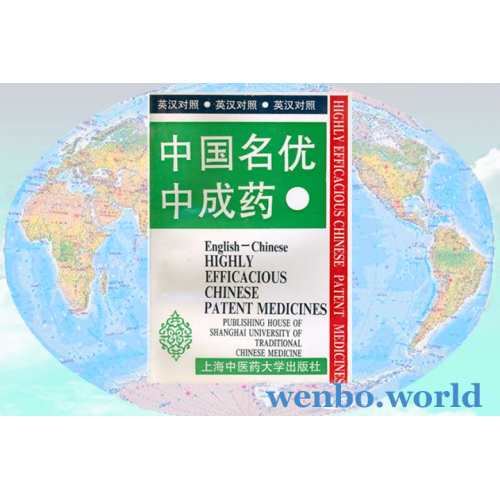Science of Prescriptions
- Brand: Publishers of China
- Model: 2002pb
- SKU: b00fangji2
- ISBN: 7810106503
- Reward Points: 150
- Availability: 2-3 Days
-
- Price in reward points: 2995
Introduction to the essential formulating principles and specific application of the prescriptions as well as the typical prescriptions commonly used in clinic.
Title: Science of Prescriptions
Compiler-in-Chief: Fan Qiaoling
Translators-in-Chief: Zhu Zhongbao
Compiled and Translated by Nanjing University of Traditional Chinese Medicine
Published by Publishing House of Shanghai University of Traditional Chinese Medicine, SHANGHAI
Language: Chinese-English
Paperback, 787mm X 1092mm, 386 pages
ISBN 7810106503 / 9787810106504
This book aims to introduce systematically the basic knowledge of Science of prescriptions so that those who are studying Traditional Chinese Medicine home and abroad can have a general idea of the essential formulating principles and specific application of the prescriptions as well as the typical prescriptions commonly used in clinic. It is meant to lay a foundation for further using syndrome differentiation and treatment in accordance with the TCM theories.
It is divided into General Introduction, Specific Discussions and Appendix. Basic theories of science of prescriptions are presented in the General Introduction, while Specific discussions mainly focuses on the source, ingredients, directions, actions, clinical application, elucidation, cautions of 152 typical prescriptions commonly used in clinical practice under 16 categories. Listed under the item of Source is the name of works wherein a certain recipe was earliest recorded. Ingredients and Directions are based primarily on the original works, with dosages converted into the metric system accordingly, and including only the preparation of drugs commonly used in clinic. Since there is only a brief account of the preparation of some pill and powder prescriptions, readers who want to know the details about it may refer to the Pharmacopoeia of the People's Republic of China. The powder can be prepared into decoction, which is not indicated again. In the Clinical Application, syndromes and the chief symptoms are listed first, followed with names of diseases treated clinically. In the case of decoction, its modification is briefed so as to enable the learners to have a further understanding of the application and variation of the recipe. After summarizing the main points of pathogenesis the meaning and feature of the compatibility among drugs are dwelt on in Elucidation. The item of Cautions is omitted when it is consistent with what is related in the summary of each chapter or if no special problems should be noted. Thus readers may make cross-references sometimes. One hundred kinds of Chinese patent medicines commonly-used are introduced in the Appendix in the form of chart including their ingredients, actions, indications, directions and dosages, and specifications. The dosages listed in the book are for the adult use, if not specially noted. Therefore, they should be reduced appropriately in the case of children. For the convenience of retrieval, a Chinese stroke index is attached at the end of the book, which covers all the prescriptions mentioned in this book.
This book is distinct in its focal points and terse in its writing, elucidating the profound in simple language. Thus, it can be adopted as a rudimentary course for the beginners and provide references for the physicians as well in their selection of prescriptions and drugs in practice.
Related Products
Herbal formulas
138 most effective and commonly used formulas in Chinese medicine are introduced in this book. It does not merely list each formula's functions, indications, ap..
Applications of Chinese Formula Compatibility
by Li Fei. The book provides a detailed explanation of the combination rules of various herbal formulas, their effects, and their clinical applications. It disc..
Clinical Applications of Eight Essential Classical Formulae
Enumerates a concise number of essential formulas which are highly effective in clinic and demonstrates not only the ingredients, functions, indications and exp..
Prescriptions of Traditional Chinese Medicine
It is on the basis of the differentiation of syndromes and establishment of the therapeutic methods, to pick out proper drugs and organically constitute them in..
Highly Efficacious Chinese Patent Medicines
238 selected Chinese patent medicines are arranged in this book in dosage forms. An introduction to each kind covers principal ingredients, actions, indications..






